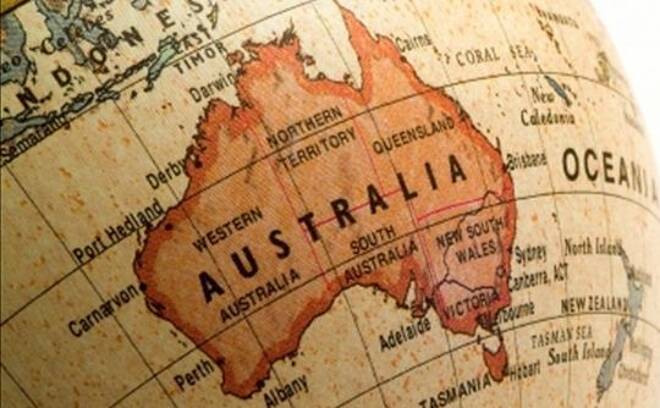Advertisement
Advertisement
RBA Lowers Rates 25bps After Japan Unveils Fiscal Stimulus
By:
The morning started off with traders closely reviewing the new fiscal stimulus plan announced by Japanese Prime Minister Abe last evening. The Japanese
The morning started off with traders closely reviewing the new fiscal stimulus plan announced by Japanese Prime Minister Abe last evening. The Japanese yen is trading at 101.97 showing little reaction to the plans. Abe had let the cat out of the hat last week, but wanted to wait until after the BoJ decision. Last Friday Governor Kudora held rates and policy only increasing ETF purchases but keeping the total annual stimulus program at the same rate. Actual spending will only make up about 7 trillion yen, according to a person familiar with the matter, with the rest consisting of loans and other financing, probably spread over several years. The package is the latest in a long series that have had limited impact on the economy, while Abe’s promise to make structural reforms — tackling areas like immigration and employment regulation — has fallen short of expectations.
Moving on from Japan, traders are closely monitoring this morning’s Reserve Bank of Australia rate decision. The Aussie is trading at 0.7556 within the RBA’s range. After the release of Australian building approvals and international trade figures for June earlier in the session, markets will be focused on one event and only one event: The Reserve Bank of Australia’s August interest rate decision. Trader numbers as well as building approvals were both disappointing. Markets due expect a knee-jerk reaction as the RBA just reduced rates by 25bps. The Aussie tumbled about 30 points and is currently trading at 0.7556
According to Richard Grace, chief currency strategist at the Commonwealth Bank, the RBA rate decision will be “a very close call”.
“The RBA’s decision on whether to cut the cash rate is entirely driven by the inflation outlook,” says Grace. “It is not because the Australian economy desperately needs additional stimulus to support demand.”
“Our house view is the RBA cuts interest rates. This would modestly weaken the AUD lowering it to 0.7400, and perhaps a touch below over the next 24 hours. A decision not to cut the cash rate would see AUD rally back above 0.7600,” he adds.
Markets will also focus on the Reserve Bank of New Zealand as no one can expect what Graham Wheeler will likely do as he tries to maneuver the local economy through tightening conditions. He has thus far failed to achieve the midpoint of his 1-3 percent inflation target, stirring debate about whether the goal remains appropriate in an environment of weak general price pressures but an overheating housing market. The kiwi is trading at 0.7215 well above its mean trading range. Wheeler has cut his benchmark rate to a record low of 2.25 percent and signaled further easing will likely be needed to boost inflation, which is running at just 0.4 percent. At the same time, low borrowing costs are fueling a housing boom that’s seen prices in Auckland almost double since 2007.
The US dollar Index is trading this morning at 95.74 slowly recovering from Friday’s fall. The U.S. dollar increased against most major currencies on Monday after posting its worse weekly performance in three months last week.
The dollar index, which measures the greenback against six major peers, was down 2 percent last week after the Federal Reserve failed to offer clear timeline of further rate hikes. Worse-than-expected U.S. growth report also weighed on the dollar.
The euro rose to 1.1202 dollars and the British pound climbed to 1.3213 dollars. The dollar dipped to 0.9679 Swiss francs from 0.9694 Swiss francs, and it inched up to 1.3095 Canadian dollars from 1.3047 Canadian dollars.
About the Author
Barry Normanauthor
Advertisement
